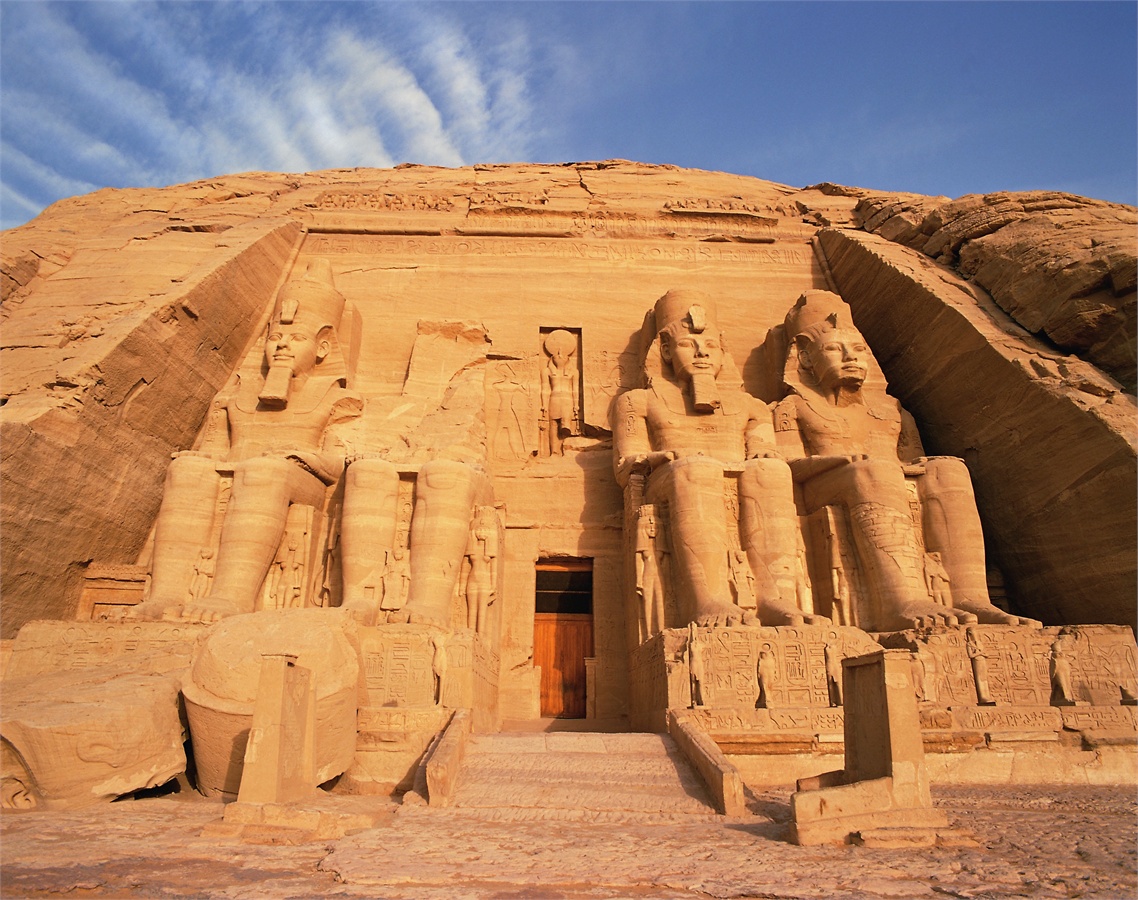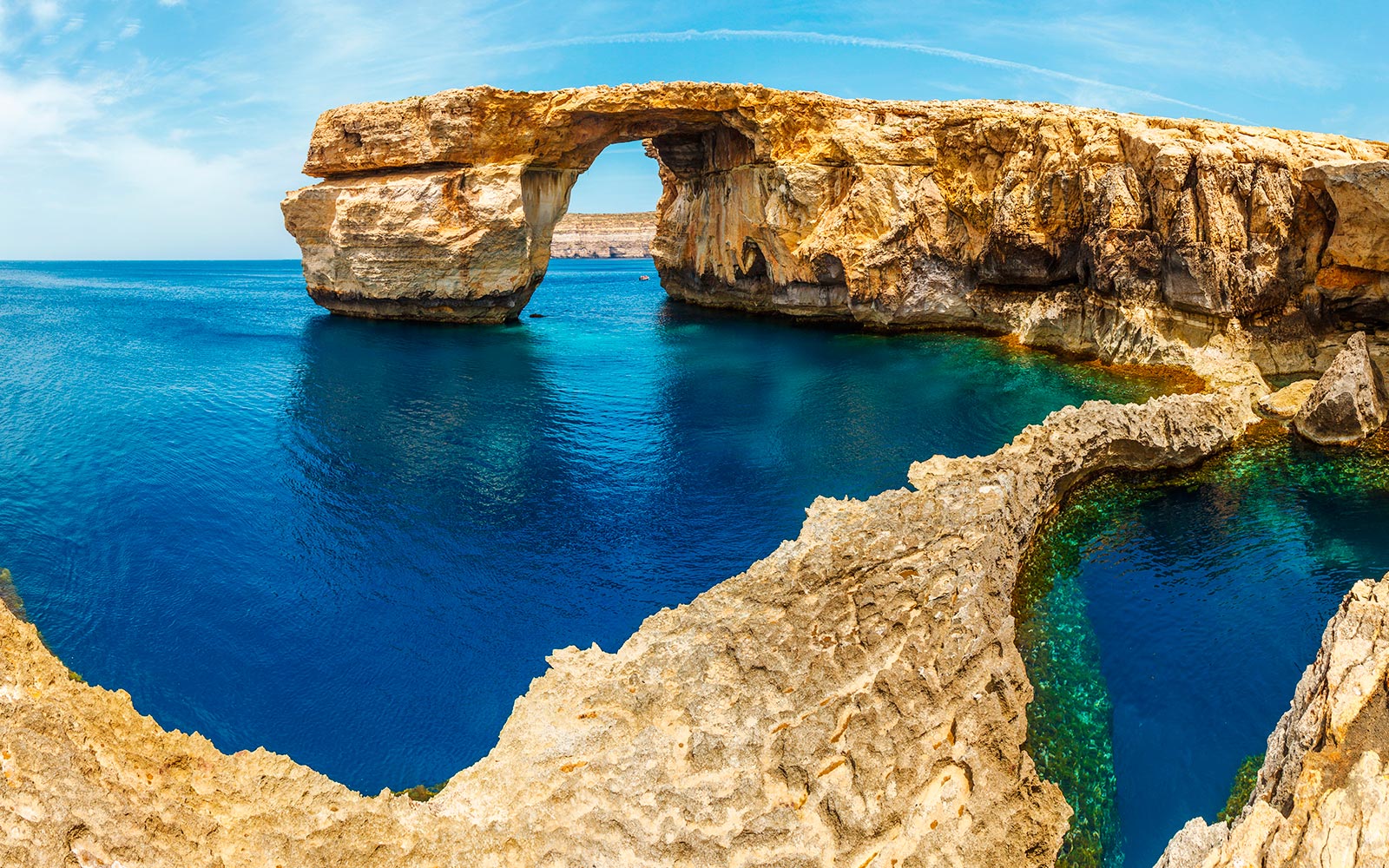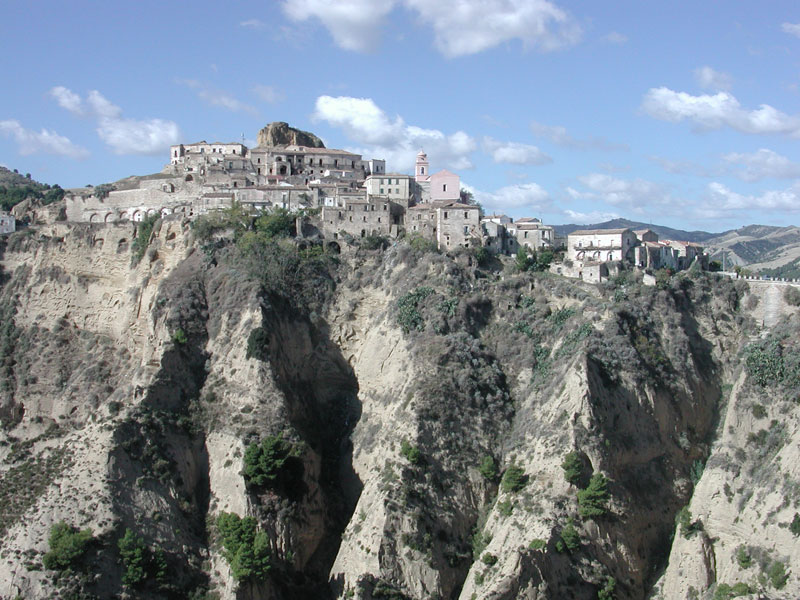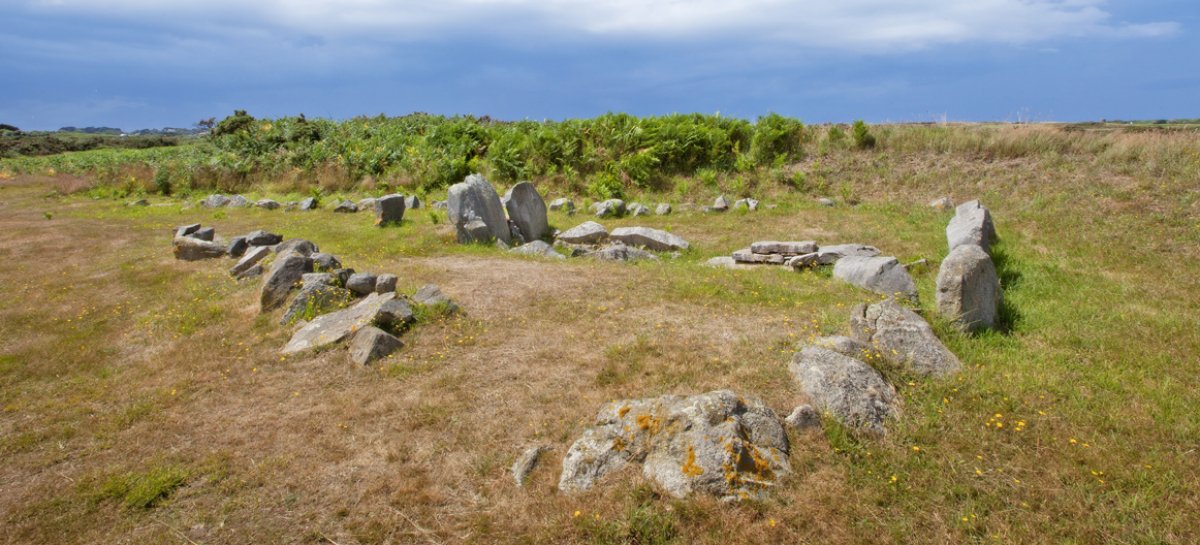Located on the western bank of Lake Nasser, the two massive rock-cut temples of Abu Simbel are a UNESCO World Heritage Site and one of ancient Egypt’s most impressive sights. Built in the 13th century to commemorate a victorious battle and immortalise Pharaoh Ramses II, the temple features four gigantic statues of Ramses himself, carved into a cliff face and unblinking as they purvey the entrance into Egypt from Africa. The temple was discovered by a Swiss explorer in 1813, buried deep in sand, and over a century on had to be moved from its original location as the High Dam in Aswan threatened to submerge the temple in what became Lake Nasser. The temples of Abu Simbel are best reached on a return flight from the Nubian city of Aswan with a few hours dedicated to exploring the inner sanctuary and marvel at the bas-reliefs.













